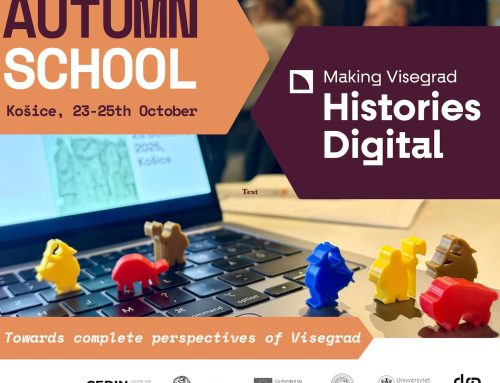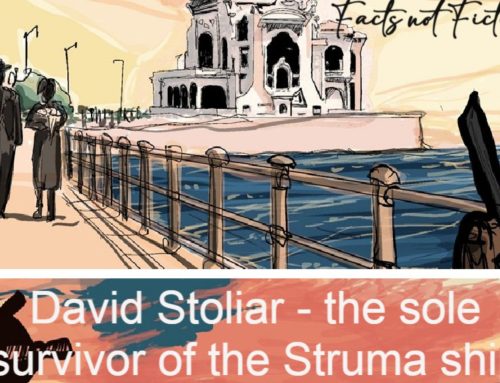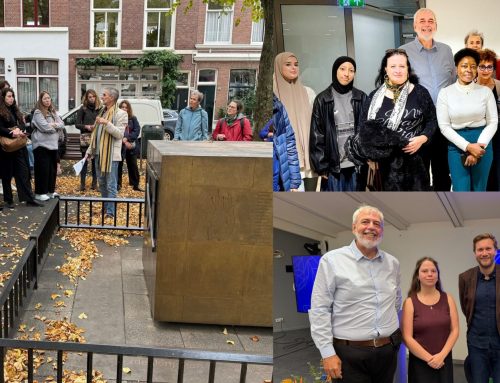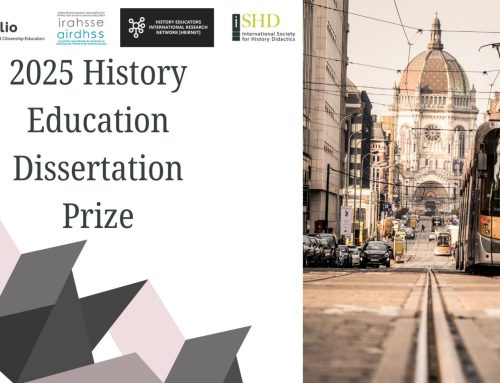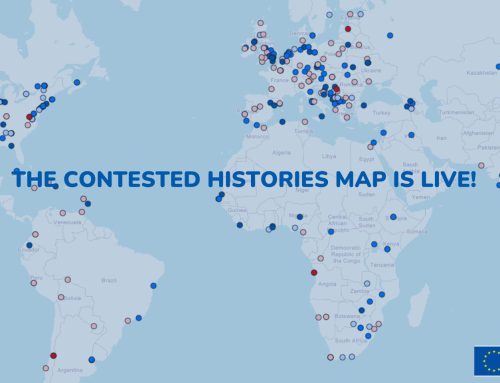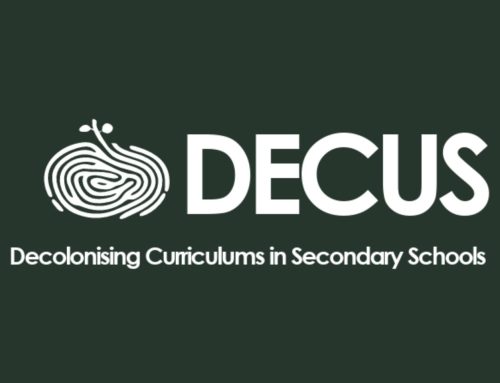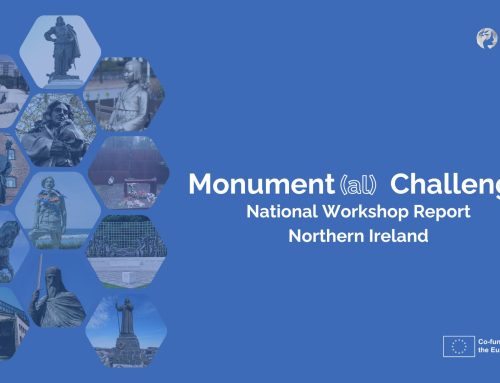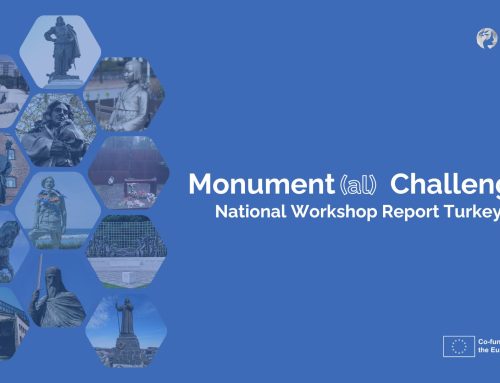On 11th and 17th of October, several learning activities developed within the project Silencing Citizens through Censorship. Learning from Europe’s 20th Century Dictatorial and Totalitarian Regimes were successfully piloted with students and teachers at the Professional Training Centre in Bologna (CIOFS-FP E.R.).
On 11 October, Enrico Cavalieri tested the module “Would you like to play in the Orchestra?” on 21 students with an average age of 17 years during a two-hour lesson, starting off with an open discussion on the meaning and mechanisms of censorship as well as personal experiences of the students. The activity encourages students to explore and understand the concept of censorship, its tools and mechanisms and the role of the media during the fascist era in Italy (1922-1943). Through analysing and comparing primary sources such as newspaper headlines, pictures and speeches of Mussolini such as his famous address to journalists on 10 October 1928 students were motivated to debate, discuss, compare, contrast and reflect on the content of the various presented material.
A couple of days later, on 17th October 2016, Enrico Cavalieri and Maria Laura Marescalchi, organised a workshop involving 11 teachers learn about the learning activities “How to be a good Censor?”, “Education and Censorship in Totalitarian Regimes”, “What could they know?” and “Ideas, still dangerous in a Democracy?”. The three-hour workshop started with an introduction of the project and Historiana, followed by a lecture-style lesson on the module “Ideas, still dangerous in a Democracy?”. The modules were then discussed in more depth in parallel session with one group of teachers working on the Learning Activities in English and the other group on the Italian version of the modules.
Feedback during both piloting events was primarily positive with both students and teachers with both showing great interest in the activities, giving words of praise to the inclusion of original sources, quality and variety of sources and the comparison between past and present.
Almost half of the students responding that they preferred it over usual lessons. A large part of the students was more actively involved in class than usual, especially during the open debate and when discussing the visual sources. Also teachers found the Activities adequate for their classes and gave helpful suggestions how the modules could be further improved and certain aspects included.
Both teachers and students pointed out difficulties in completing tasks partly due to a lack of contextualisation and suggested that more time for group work and to work on the individual tasks and that questions could relate more specifically to the sources.



